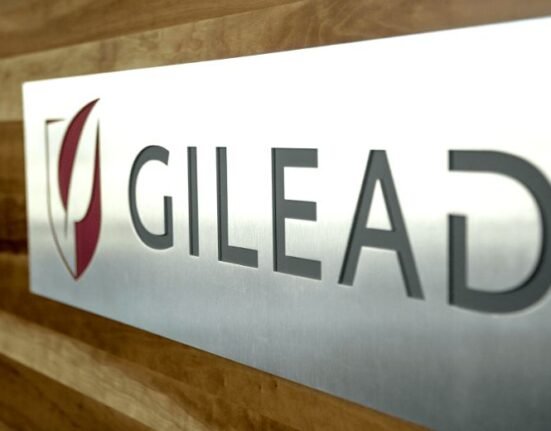HQ Team
September 27, 2024: World leaders convened at the United Nations General Assembly (UNGA) on September 26, to address the escalating threat of antimicrobial resistance (AMR), a looming global health crisis that hinders the effectiveness of antibiotics and other antimicrobial agents.
This high-level meeting marked the second significant discussion on AMR since the first UNGA meeting in 2016, emphasizing the urgent need for coordinated international action.
The growing threat of antimicrobial resistance
Antimicrobial resistance occurs when bacteria, viruses, fungi, and parasites evolve to resist medications, making infections harder to treat. According to the World Health Organization (WHO), AMR was directly responsible for approximately 1.27 million deaths globally in 2019 alone. The World Bank has projected that if left unaddressed, AMR could lead to an additional $1 trillion in healthcare costs by 2050 and up to $3.4 trillion in GDP losses annually by 2030.
Antibiotic-resistant infections may kill 39.1 million people in the next 25 years equating to three deaths a minute, a global study finds.
Additionally, illnesses associated with resistance to available antibiotics will further claim the lives of 169 million people, according to a study by the Global Research on Antimicrobial Resistance (GRAM) project, a global team of researchers.
Objectives of the meeting
The theme for this year’s meeting, “Investing in the Present and Securing Our Future Together,” highlighted the need for multi-sectoral collaboration across human health, animal health, agriculture, and environmental sectors. The meeting aimed to:
- Accelerate Global Actions: Discuss strategies for enhancing political commitment and mobilizing resources to combat AMR.
- Establish Clear Targets: Develop measurable objectives that countries can implement at national and regional levels to tackle AMR effectively.
- Promote One Health Approach: Emphasize the interconnectedness of human, animal, and environmental health in addressing AMR challenges.
Multi-stakeholder panels
The meeting featured two interactive panels focusing on:
- Addressing the Urgent AMR Crisis: This panel discussed strategies for improving equity and access to effective treatments while fostering awareness and innovation in combating AMR.
- Integrated Surveillance and Capacity Building: This session focused on enhancing surveillance systems, building capacity within healthcare frameworks, and ensuring sustainable resource management to tackle AMR comprehensively.
Research hiccups in AMR drugs
More than 90 percent of all antibacterial discoveries were made in the first half of the 20th century. There have been only 11 indirect-acting NCEs approved, including seven drugs that work to extend the activity of existing antibiotics. Only one new molecular target (new chemical entity)NCE has been approved over the last 35 years, illustrating a need to speed up the antibacterial discovery space.
Big pharma companies are no longer interested in investing in research for new antibiotics. According to a report, seven companies in the research and development of antibiotics have gone bankrupt or left the business altogether.
The Antimicrobial pipeline
The existing clinical antibacterial pipeline is insufficient to meet the growing threat of antibiotic-resistant pathogens. Only 64 NCEs are in clinical trials out of which 20 are candidates for tuberculosis and Clostridioides difficile, according to a report in The Lancet . The report says the antibiotic development ecosystem is “fragile and failing.”
As drug-resistant infections continue to pose a significant threat to global health security, the UNGA’s high-level meeting on antimicrobial resistance serves to shape future policies and lay the groundwork for sustainable practices that protect public health across all sectors. Without decisive action now, the world risks returning to an era where treatable infections could once again become life-threatening.








